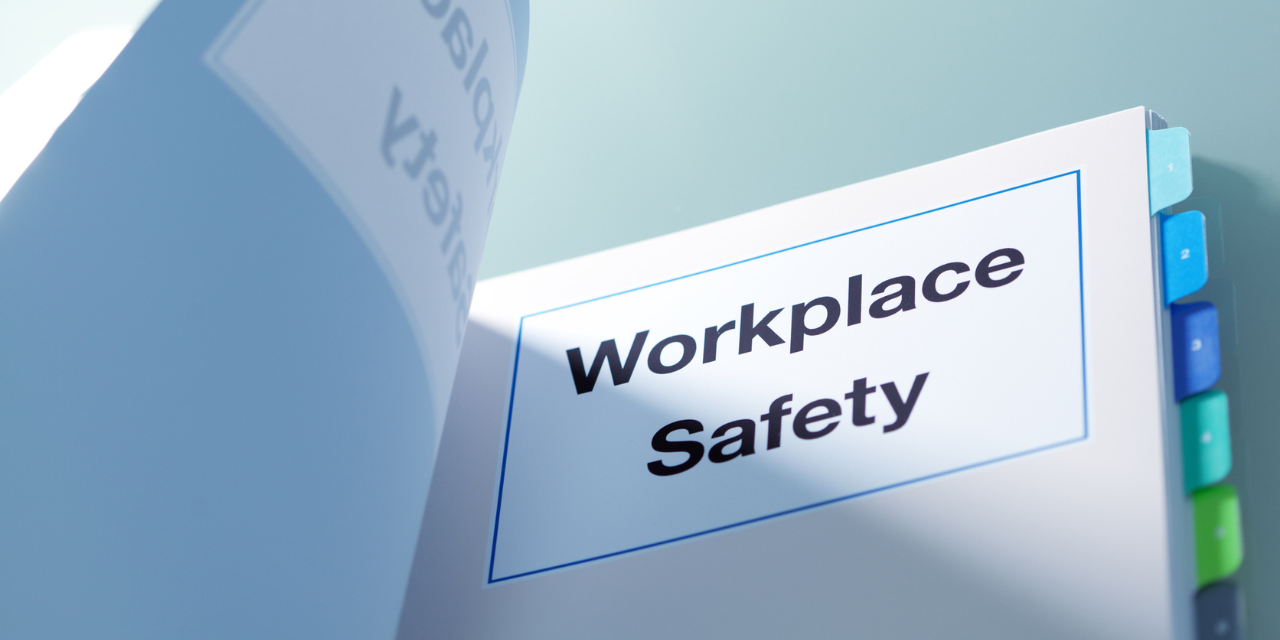
Why Chiropractic Practices Must Prioritize OSHA’s Bloodborne Pathogens Standard

by: Brandy Brimhall
Even if you believe that your chiropractic facility is unlikely to encounter bloodborne pathogens or other potentially infectious materials (OPIM), it is crucial to understand and comply with this standard. Doing so not only helps maintain the highest level of safety for your workforce and patients but also ensures that your practice remains compliant with OSHA regulations.
The Bloodborne Pathogens Standard is a set of guidelines designed to protect workers from health hazards associated with exposure to bloodborne pathogens and OPIM, such as bodily fluids. While chiropractic practices may not routinely come into contact with blood or other infectious materials, there are various scenarios in which your workforce may encounter potentially infectious contaminants. Examples include water droplets from coughing and sneezing, contaminants on patients’ hands, diaper leaks, needle usage in procedures like acupuncture or injections, and the collection, storage, or transport of specimens for laboratory evaluation.
The COVID-19 pandemic has further emphasized the importance of adhering to safety protocols, such as proper sanitization and the use of personal protective equipment (PPE) for workers when interacting with patients displaying viral signs and symptoms. Even if your practice does not perform procedures involving blood or OPIM, implementing these safety measures can help protect your workforce and patients from other infectious diseases.
To demonstrate your commitment to the safety of your chiropractic practice, consider addressing the following risk factors:
- Create job classifications and descriptions that identify employees with potential occupational exposure to bloodborne pathogens or OPIM, even if the risk is minimal.
- List tasks and procedures in which potential occupational exposure could occur.
- Ensure adequate and accessible hand washing facilities are available.
- Train all applicable workforce members on proper hand-washing techniques.
- Train all workforce members on reporting requirements in the event of contact with bloodborne pathogens or OPIM.
- Identify duties where PPE, such as gloves, masks, gowns, eyewear, etc., is or may be necessary.
- Make PPE available in an accessible location and train applicable workforce members for proper use and disposal.
- Implement a sanitization schedule for your workforce to regularly sanitize frequently touched or handled spaces, and ensure they can identify when additional or more frequent sanitization is necessary.
- Develop a documented Exposure Control Plan (ECP) to provide education and training on potential exposures and a universal plan for control.
- Provide appropriate role-based training for all new employees upon hire and at least once per year for the entire workforce.
In order to assist with implementation and compliance, you can access a template policy manual here.
Even if your chiropractic practice may not seem to involve significant risks associated with bloodborne pathogens or OPIM, it is crucial to prioritize safety and adhere to the Bloodborne Pathogens Standard. By addressing these risk factors and implementing appropriate safety measures, you not only protect your workforce and patients but also demonstrate your commitment to maintaining a safe and compliant practice.















